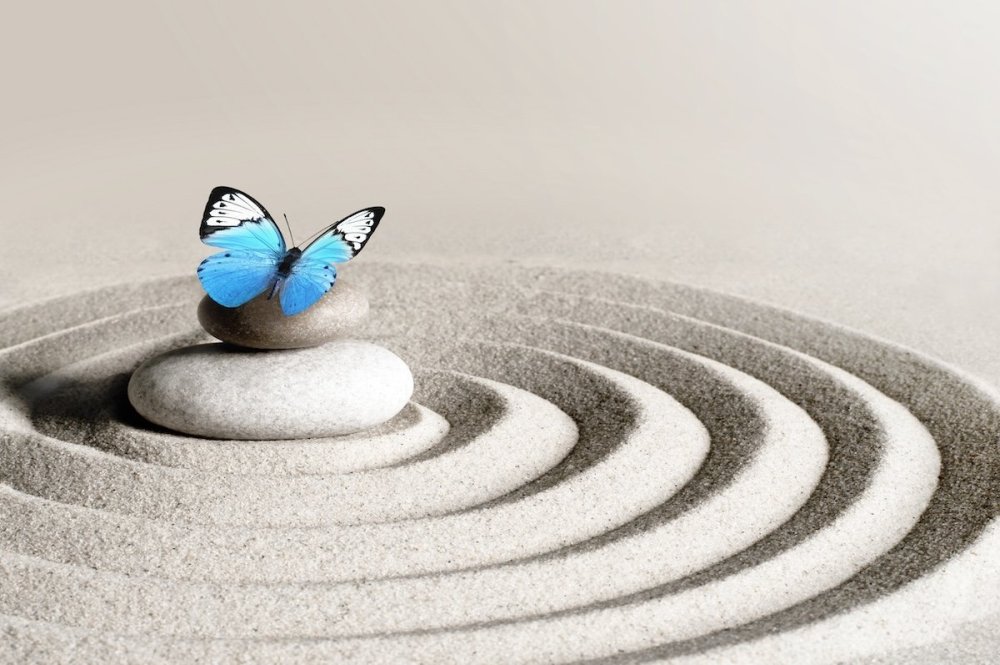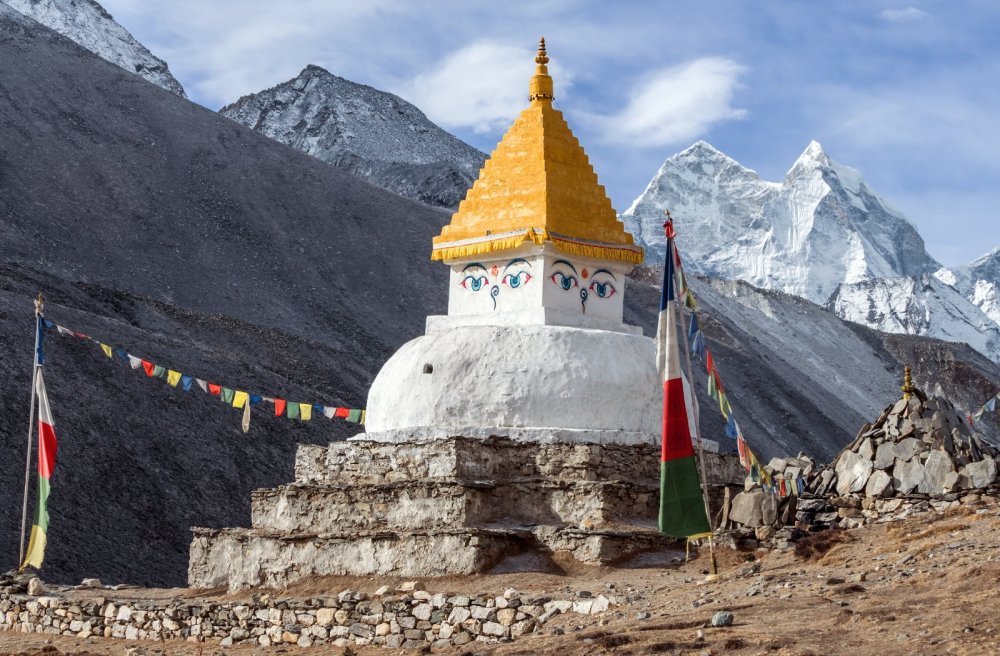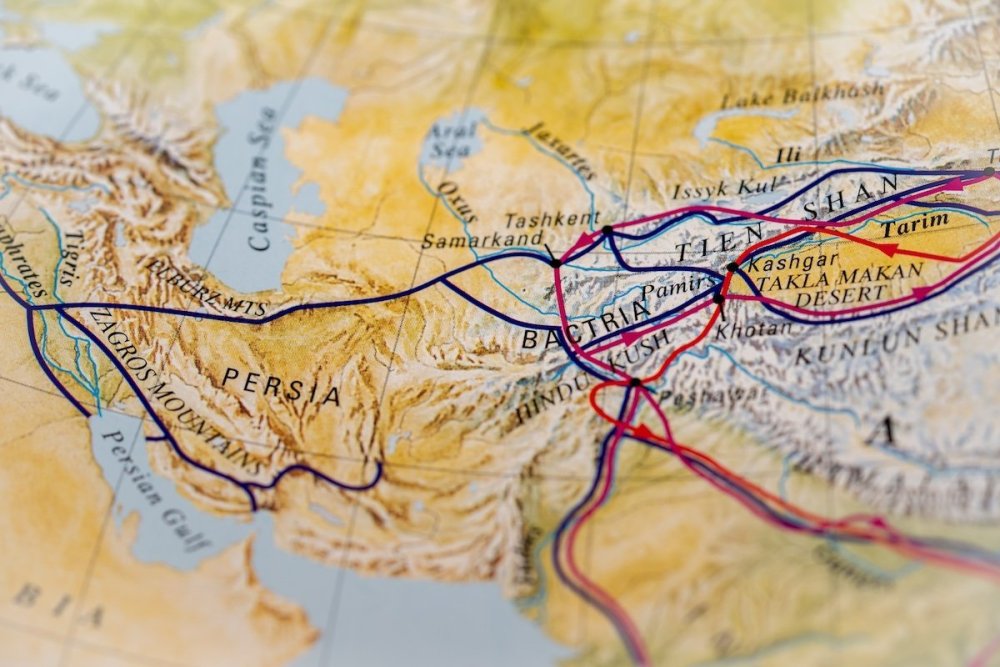Buddhism is a globally-practiced faith, but how did it diffuse from its birthplace? Ann Vrlak explores the spread of Buddhism, from a village in modern-day Nepal to the Western world.
Buddhism was born in a village in the Indian sub-continent over 2,500 years ago. Today, it is a global faith practiced by about 7% of the world’s population – over 500 million people.
The Buddha’s teachings on suffering, impermanence and the path to personal freedom spoke to people in all walks of life. His broad understanding of human psychology made his teachings accessible. People could relate the values and beliefs to their own struggles.
Buddhism is a non-theistic religion, so it was well suited to blend with other regional traditions and cultures – to influence them and be influenced by them. Buddhism’s emphasis on personal growth and responsibility most often enriched other traditions, rather than conflicting with them.
If you didn't already know, this is called “syncretism” – the integration of different cultures, philosophies or religions.
The Early Movement of Buddhism
There was, of course, no technology in 500 BCE – no phones, no email and definitely no internet! The spread of Buddhism literally happened by word of mouth, through trade routes, missionary work, influential leaders and cultural exchanges of the time.

Like.a butterfly, Buddhism travelled wide and far!
One of the most powerful patrons of Buddhism’s early spread was Emperor Ashoka whose Maurya Empire included most of what we now know as India and Iran. Ashoka’s conversion to Buddhism in the 3rd century BCE was profound. He used his vast resources to establish monasteries and build sacred Buddhist structures (called stupas). His missionaries spread Buddhism throughout Central and Southeast Asia, as well as Sri Lanka.
Buddhism Diffuses Through the Trade Routes
The spread of Buddhism was accelerated by the vast web of trade routes of the Silk Road, stretching from China, through India and Persia, into some corners of the Mediterranean. Buddhism eventually took hold in China around the 2nd century CE, through waves of merchants and monks who brought Buddhist teachings and artefacts. The sharing of goods came with the sharing of Buddhist ideas and practices.
Buddhism’s expansion can be seen in archaeological evidence along the Silk Road. There are many ruins of monasteries along the way, with remnants of written scriptures.
“The spread of Buddhism was accelerated by the vast web of trade routes of the Silk Road, stretching from China, through India and Persia.”
One of the most breathtaking sites is the Mogao Caves of China, built around 300 CE. The Caves are a UNESCO World Heritage Centre that features an ornate temple, a labyrinth of caves, miles of murals and thousands of sculptures. They tell the story of the rich Buddhist culture that thrived along trade corridors.
Buddhism spread further throughout Asia, along with the expansion of trade in China, as well as Korea, Japan and Tibet. Historians date the first sustained contact with China during the Han Dynasty from 200 BCE to 200 CE.

Ancient stupa in the Himalayas, Nepal
Like other regions, there was the cross-pollination of values and practices between Buddhism and the Chinese traditions of Taoism and Confucianism. For example, the Taoist idea of wu wei (meaning “effortless action”) influenced Buddhist approaches to meditation.
Another branch of Chinese Buddhism – Ch’an later known as Zen – migrated to Japan in the 6th century CE where it remains an enduring branch of Buddhism.
The Dalai Lama is the most recognized leader of Tibetan Buddhism. This form of Buddhism is a rich spiritual tradition, with a vast range of meditation practices, many aimed at helping practitioners reconnect with the wisdom of the body. You may have seen elaborate images from this tradition that portray deities who embody aspects of the awakened mind – from anger that provides energy for change, to benevolent deities who personify compassion.
The other predominant form of Buddhism from Tibet is Vajrayana that arose in the 8th century CE. Vajrayana is founded on esoteric practices that create a “direct path” to enlightenment, through intense meditation, study, visualization and time spent in a monastic environment.
Buddhism Spreads into the West
Buddhism reached Western society in Europe and North America in the 19th and 20th century, through a growing academic interest in Buddhist texts and the arrival of prominent teachers. The thread of individualism in Buddhist teaching – that personal growth and understanding is the core of spiritual life – fit well with the personal autonomy valued in Western culture. Buddhism encouraged personal exploration and validation of

The Silk Road propelled the spread of Buddhism
In the early 1900s, Buddhism spread to Europe and America through a network of Buddhist centres where people could learn meditation and Buddhist philosophy. Buddhist organizations sprang up to offer retreats, workshops and sangha – a group of people with the same aspirations who support each other.
A Global Community
The greatest concentration of Buddhist practitioners remains in the East, predominantly in Thailand, China and Japan. There is also widespread interest in Canada, the US and the UK.
“In the early 1900s, Buddhism spread to Europe and America through a network of centres where people could learn meditation and Buddhist philosophy.”
But, no matter where you are in the world today, you will likely be able to find a Buddhist study group or centre. You can also find ways to learn and practice through reputable online communities.
RELATED: How To Practice Buddhism For Beginners
Buddhism has played a central role in the explosion of interest in meditation and mindfulness over the last few decades. Seekers are drawn to the many forms of practice that can teach valuable skills for well-being, like cultivating compassion, concentration and equanimity.
The different facets of Buddhism allow people to choose how they would like to begin – with a daily meditation practice, studying values and philosophy, or even choosing a period of monastic life.
Takeaway: how buddhism spread
The expansion of Buddhism from a town in the Indian sub-continent to a global religion is a true success story – and it is still being written. The practicality and adaptability of the Buddha’s teachings have allowed it to fuse with other philosophies and religions, in different places and in different times. Indeed, modern society’s embrace of Buddhist practices is a testament to the ongoing resilience of the Buddha’s path. •
Images shutterstock/Belight, shutterstock/kiwisoul, shutterstock/Erman Gunes,
happiness.com | The fine art of being: learn, practise, share
Are you a happiness.com member? Sign up for free now to:
■ enjoy our happiness magazine with practical life tips
■ share and support others in our happiness forum
Altruism | Acceptance |
Written by Ann Vrlak
 Ann Vrlak is Founder of OneSelf Meditation and a meditation practitioner for over 25 years. She’s a Certified Meditation Teacher for adults and for children (the best job ever!). She loves to share how the perspective and practice of meditation can support people with their everyday stresses and on their journey of self-discovery.
Ann Vrlak is Founder of OneSelf Meditation and a meditation practitioner for over 25 years. She’s a Certified Meditation Teacher for adults and for children (the best job ever!). She loves to share how the perspective and practice of meditation can support people with their everyday stresses and on their journey of self-discovery.

Join the conversation
You are posting as a guest. If you have an account, sign in now to post with your account.
There are no comments to display.